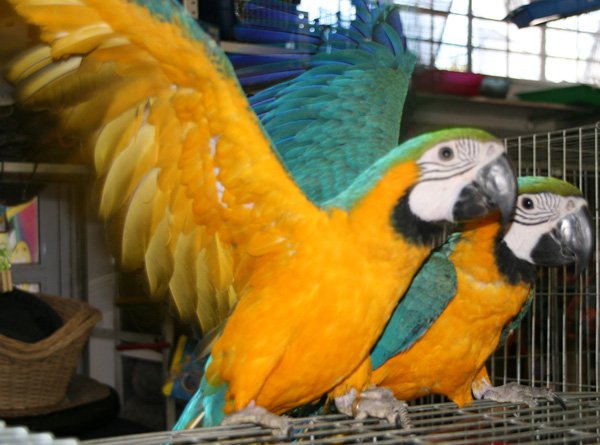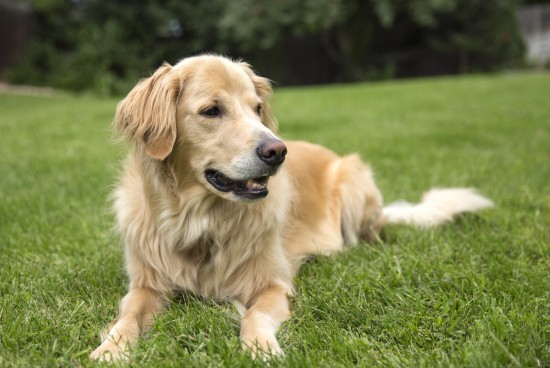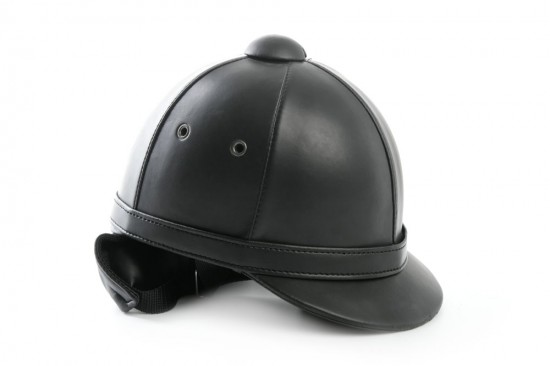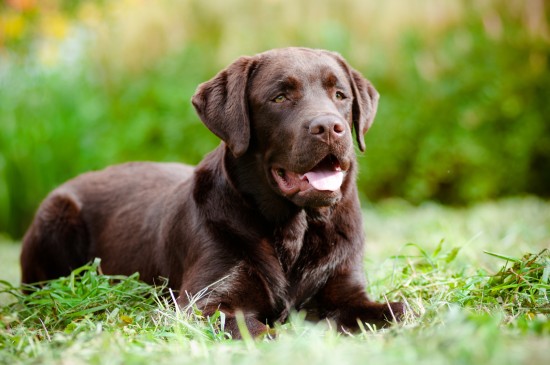Over many years Dog trainers have relied on scientific experiments to answer questions related to the behaviour of dogs. One such experiment was Ivan Petrovich Pavlov (1849-1936).
A Pavlov was a Nobel Prize winner in physiology, Pavlov was experimenting on the salivary and digestive glands of animals, primarily on dogs, to learn how digestion works. He found that dogs would begin to salivate when food was placed in their mouth. He called this a reflexive response that does not have to be learned. To Pavlov's surprise he also found that dogs would begin to salivate as soon as the person who had previously fed them entered the room. The same thing happens when you pick up your dog's feeding dish, he will respond as if it is time to eat. That is, stimuli that are associated with the food will produce the same response that the food does.
Pavlov was aroused by this phenomenon and conducted other experiments where he conditioned dogs to salivate in response to a bell ringing. He did this by ringing a bell every time the dog was given food, until the dog associated the bell with the food. After a period of repeating this procedure, he discontinued supplying the food; instead he just rang the bell. The result was that the dog still salivated the same amount as before receiving the food.
One way of looking at classical conditioning is to observe that the dog has learned an association between two events in the environment that they go together. Once this association has been made the dog reacts to the bell in the same way it would react to the food. It is as if the dog hearing the bell anticipates that the food will soon arrive and therefore responds accordingly. Yet this is all accomplished at a physiological level, with apparently no thought involved.
Much of what Pavlov found during these studies is applied to dog training today, in particular that of conditioned response. Pavlov found that by performing certain tasks and rewarding on the dog performing that task, he could condition the dog to respond to the same task over and over again. This type of respondent is also called classical conditioning.
Classical conditioning is achieved in training by the repeating of an exercise, where the dog receives a reward and not pain for performing a task. The reward, when continued to a point where the dog is conditioned to respond to the exercise is called the stimulus. There are number of stimulus in dog training e.g.
Initially that of the collar being placed around the dog's neck (constant stimulus). A trained Dog is excited by this practice because he associates this with the start of something good.
The command (conditioned stimulus) which is the motivation for receiving his reward. The dog associates the command with excitement and a pleasure, so he will perform the command.
Word association at the conclusion of the exercise a marker is said to the dog. This will mark a correct response and the dog will response for a positive experience.

 Adopt A Dog To Have The Most Loving And Faithful Pet By Your Side
Adopt A Dog To Have The Most Loving And Faithful Pet By Yo
Adopt A Dog To Have The Most Loving And Faithful Pet By Your Side
Adopt A Dog To Have The Most Loving And Faithful Pet By Yo
 Golden Retriever Health And Longevity
Golden Retriever
Golden Retriever Health And Longevity
Golden Retriever
 How To Choose A New Horse Riding Hat
How To Choose A N
How To Choose A New Horse Riding Hat
How To Choose A N
 How To Cope With Shedding And Dry Skin In Labrador Retrievers
How To Cope With
How To Cope With Shedding And Dry Skin In Labrador Retrievers
How To Cope With
 Training And Managing A Doberman Pinscher
Training And Mana
Training And Managing A Doberman Pinscher
Training And Mana